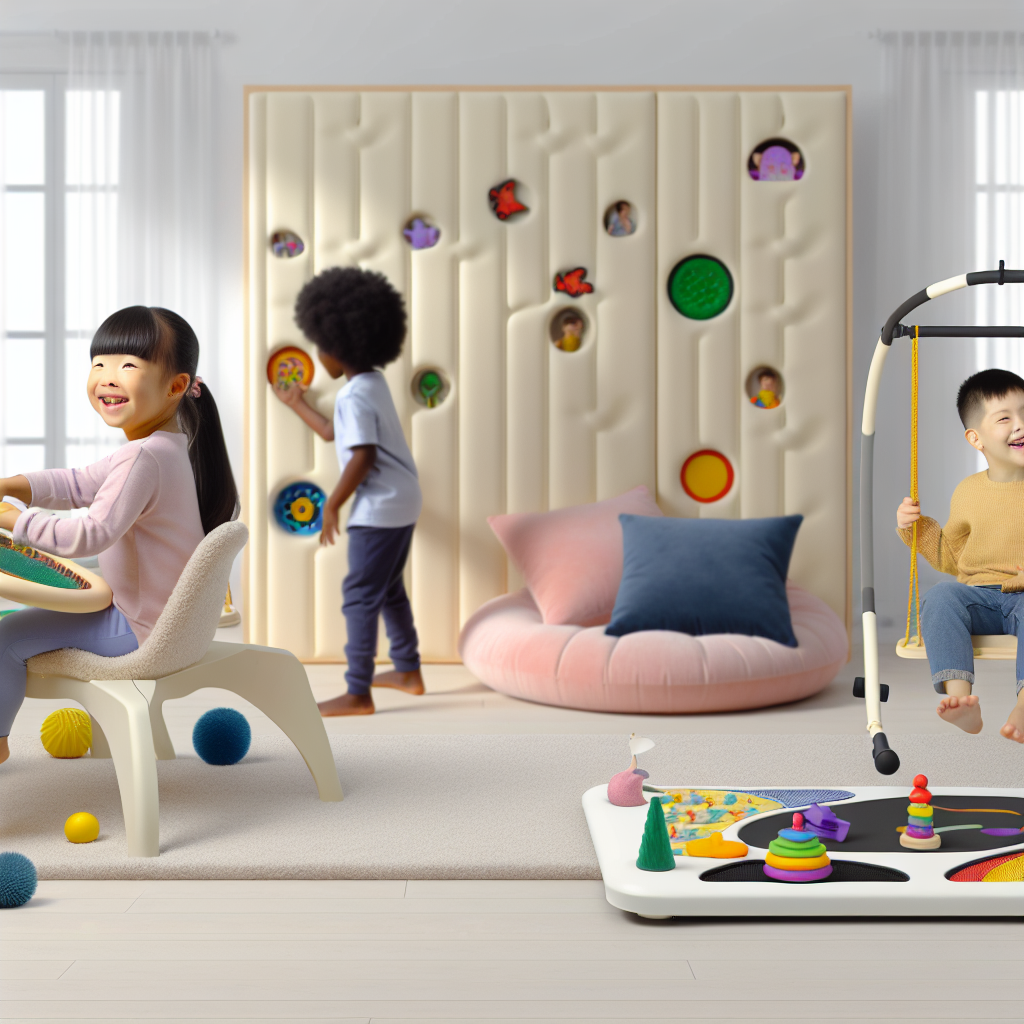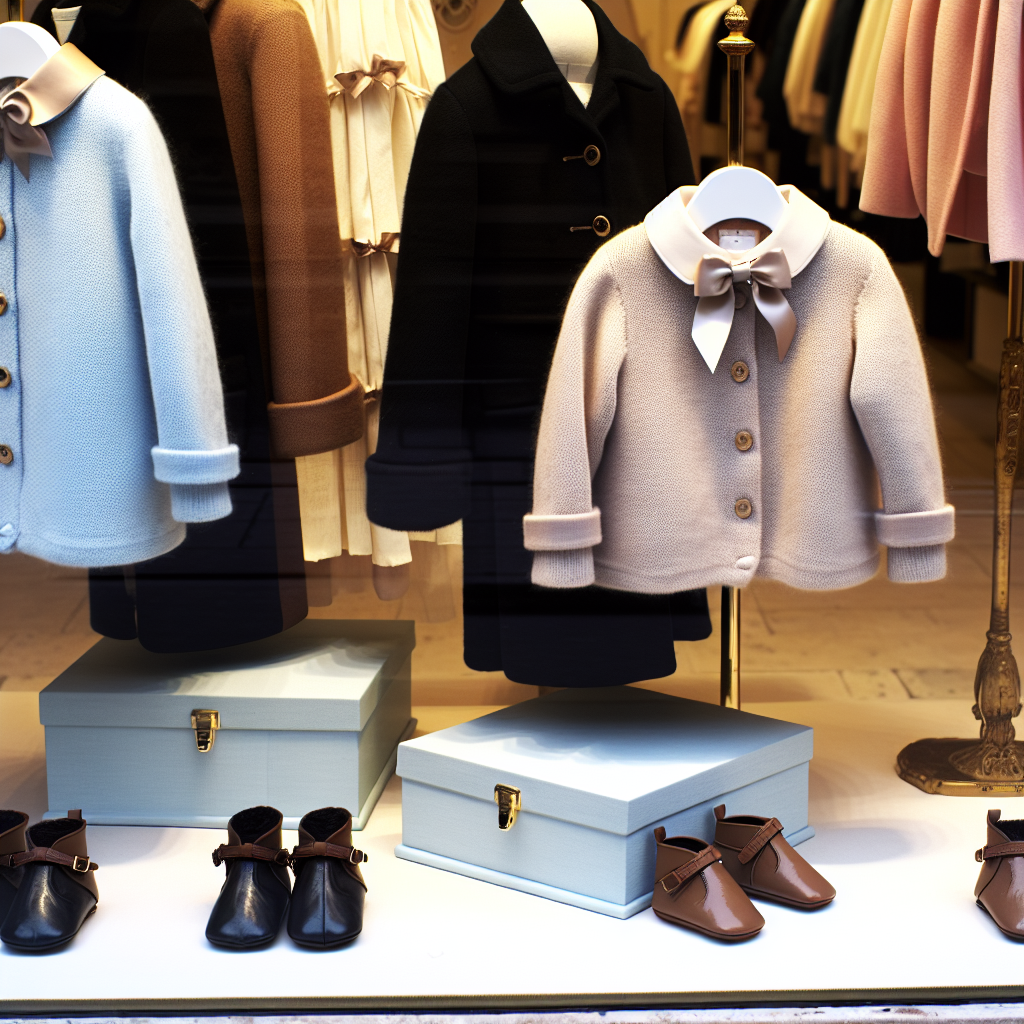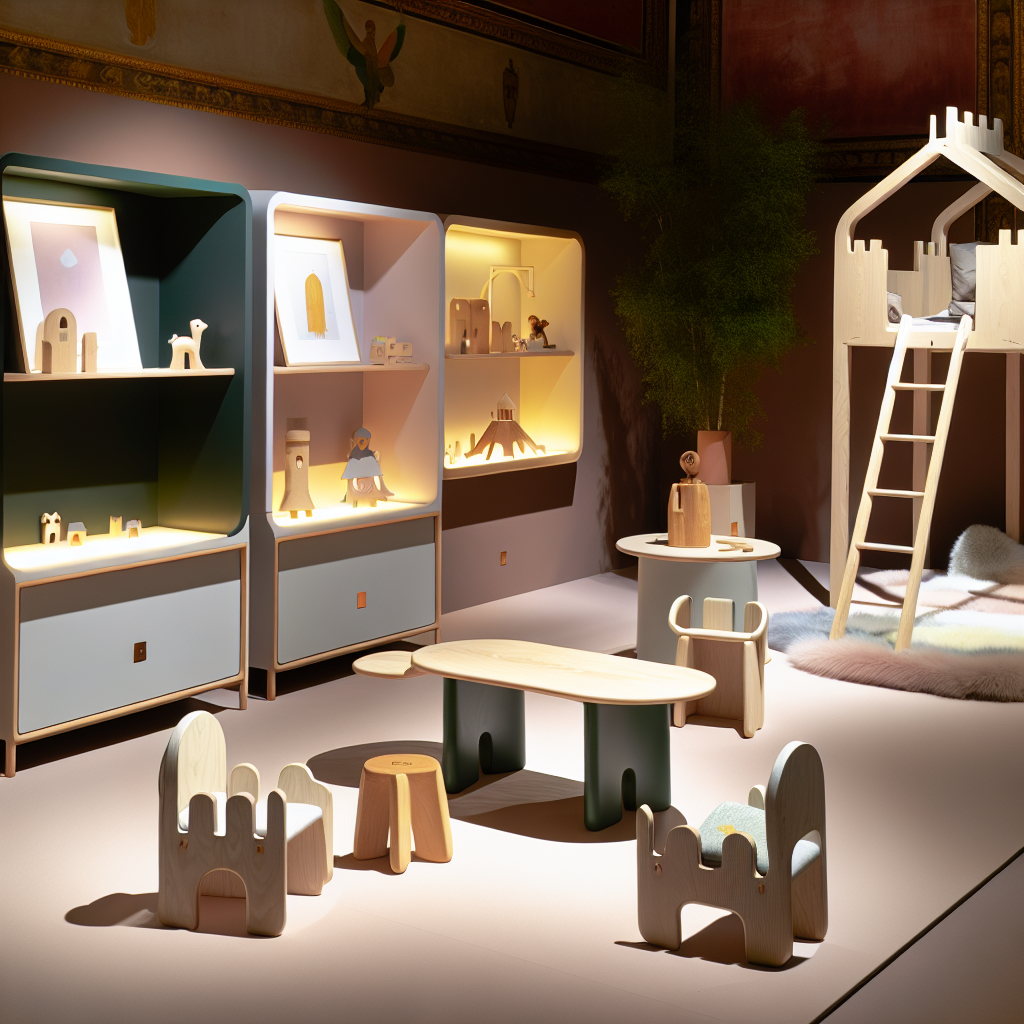Luxury Adaptive Toys for Special Needs Kids: Inclusive Design Solutions
Inclusive Playtime: How Luxury Adaptive Toys Are Redefining Possibility
Every child deserves the opportunity to play, explore, and grow in a world that acknowledges their unique abilities. For parents of children with special needs, playtime isn’t just about fun—it’s a vital developmental experience that supports physical, cognitive, social, and emotional growth. When mainstream toys fall short in meeting the diverse needs of differently-abled children, the solution lies in the world of adaptive toys, and more recently, in the realm of luxury adaptive toys.
Gone are the days when adaptive toys were perceived solely as functional or medical tools. Today’s high-end options are crafted with premium materials and careful attention to aesthetics, offering both form and function. Whether addressing the needs of children with autism, cerebral palsy, Down syndrome, or those with mobility or sensory challenges, luxury brands now design toys that promote holistic development while exuding elegance and innovation.
Inclusive design principles are the backbone of these creations. A toy that truly respects diverse developmental needs and sensory modalities doesn’t just accommodate—it invites. Affluent families seeking the best for their children are turning to these sophisticated, adaptive toys that align with their lifestyle choices, while also providing powerful, evidence-based therapeutic benefits.
This shift reflects a broader cultural ethos: inclusion is not only compassionate—it’s aspirational. As awareness grows, luxury toy designers are integrating smart technologies and tailored features into toys that are beautiful, empowering, and supportive. From plush toys with embedded calming tech to sleek, ergonomic ride-ons that support gross motor function, these toys are redefining luxury—for every child.
Where Innovation Meets Inclusion: The Features Behind Luxury Adaptive Toys
At the forefront of the luxury adaptive toy movement is the integration of medical and developmental research into cutting-edge design. Studies have shown that adaptive play tools made for special needs children significantly enhance motor skills, communication, and sensory integration when aligned with therapeutic aims. The American Academy of Pediatrics emphasizes play as central to healthy development, especially when it supports individual needs.
A 2020 review in the journal Pediatrics revealed that children with developmental disabilities demonstrated greater progress when playing with thoughtfully designed, interactive toys. These are not just playthings—they’re therapeutic tools that support milestones in a playful, non-threatening way.
More specifically, toys embedded with neurosensory features—such as responsive lights, pressure-sensitive materials, soothing sounds, and temperature-based feedback—have shown encouraging outcomes for children with Autism Spectrum Disorder (ASD). According to research from the Journal of Autism and Developmental Disorders, customizable, sensory-oriented toys can help increase attention spans and reduce anxiety in children with sensory processing challenges.
Luxury adaptive toys also draw from the principles of Universal Design. As outlined by the U.S. Department of Education’s Universal Design for Learning (UDL) framework, these products are created to be usable by all children without the need for constant adjustments. Whether it’s a toy that a child with limited dexterity can operate independently or a device that helps non-verbal children express emotions, the goal is to include every child in the world of play.
One standout example is the toy Leka, a spherical robot made with premium materials and designed in consultation with pediatric specialists. Leka glows, vibrates, and moves in interactive ways to stimulate communication and emotional learning. It’s a perfect illustration of how thoughtful innovation can deliver clinically beneficial experiences—wrapped in a sleek, appealing package.
Technology is also advancing the monitoring capabilities of these toys. Some luxury plush toys now include biometric sensors that track a child’s heart rate, stress indicators, and even sleep patterns. Such features are integrated with mobile apps, providing caregivers with real-time insights into their child’s emotional and physical well-being.
Crucially, the luxury adaptive toy market is being shaped by collaboration with occupational therapists, pediatricians, and child development experts. By adhering to rigorous safety and therapeutic standards, these toys don’t just meet ISO requirements—they fulfill developmental needs with elegance and empathy. Whether developing fine motor coordination, supporting tactile perception, or improving cognitive flexibility, every product is designed with the whole child in mind.
Elevating Childhood: Why Luxury Adaptive Toys Matter More Than Ever
We are living in an era where inclusive luxury is more than a trend—it’s part of a progressive mindset that values both design excellence and human dignity. For well-resourced families raising children with disabilities, luxury adaptive toys promise a meaningful fusion: beauty and benefit, aesthetics and accessibility.
These toys are not just a response to functional needs—they’re symbols of hope, acceptance, and high expectations. In honoring a child’s journey, they support milestones, instill confidence, and dignify the play experience not by hiding differences but by celebrating them.
From sleek sensory kits and interactive learning bots to plush animals with therapeutic vibrations and elegant, mobility-supporting ride-ons, the modern luxury toy space is opening more possibilities than ever before. For every child, and particularly those with specialized needs, the right toy can spark imagination, build resilience, and most importantly—feel like a joyful encounter with the world.
References & Further Reading
1. American Academy of Pediatrics – The Importance of Play in Promoting Healthy Child Development
2. Journal of Autism and Developmental Disorders – Adaptive Toys and Child Development
3. Leka – Smart Toy Designed for Children with Developmental Disorders
4. CDC – Developmental Disabilities Data
5. U.S. Department of Education – Universal Design for Learning (UDL)
Add beautiful, high-resolution images of the products mentioned, such as the Leka robot in a home playroom setting. Include YouTube embed links from luxury toy demonstrations, and be sure to tag keywords in your WordPress SEO settings like: “inclusive toys for special needs”, “luxury developmental toys”, and “therapeutic toys for children with disabilities”.
Let play be a path to possibility—for every child.

Dominic E. is a passionate filmmaker navigating the exciting intersection of art and science. By day, he delves into the complexities of the human body as a full-time medical writer, meticulously translating intricate medical concepts into accessible and engaging narratives. By night, he explores the boundless realm of cinematic storytelling, crafting narratives that evoke emotion and challenge perspectives. Film Student and Full-time Medical Writer for ContentVendor.com




